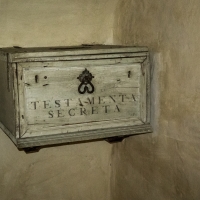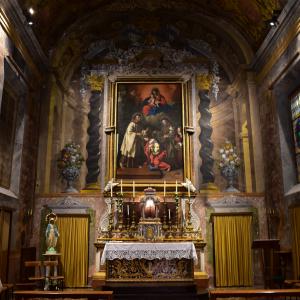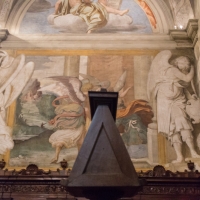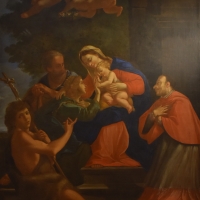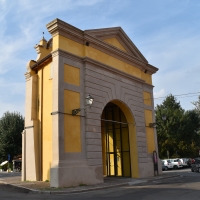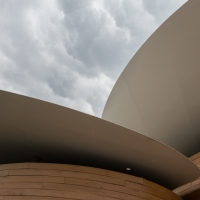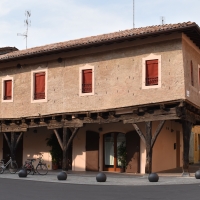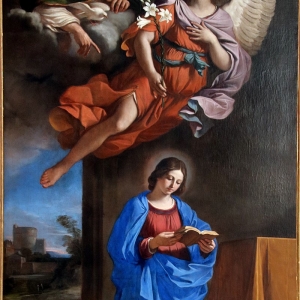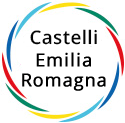Pieve di Cento

-
Destination
Bologna-Modena -
Province
Bologna -
Distance to the main town
33 km - Where it is
- Why visit it
- Don't miss
- On the table
- Significant appointments
- In the surroundings
- Castles in the territory
- Monuments in the territory
- For more information
Where it is
Pieve di Cento lies in the Bolognese plain along the Reno river, just a bridge away from the nearby city of Cento.
Why visit it
In the past, it was also called "little Bologna" for its long porticoes and in 2019 Pieve di Cento obtained the recognition of "Bandiera Arancione" (orange flag by the Italian Touring Club) as a small excellent Italian village.
The town has maintained the urban layout of the ancient Roman castrum, with the addition of a 9th century church (the "pieve"), then developed in the medieval period and the following Renaissance and Baroque periods.
The Town Hall houses the ancient Notary Archive and the Zeppilli Theater, which includes a small Music Museum with testimonies from the life of the soprano Alice Zeppilli, who has been celebrated by the poet Gabriele D'Annunzio as well.
The long musical tradition of Pieve di Cento is still alive today in the classrooms of the Centopievese School of Artistic Crafts, where the art of lutherie is bequeathed by master luthiers.
Don't miss
The Collegiate Church of Santa Maria Maggiore guards masterpieces by Guercino, Guido Reni, Lavinia Fontana, Scarsellino and the famous 14th-century Crucifix which is venerated as miraculous.
The church, and above all, the Oratory of the Santissima Trinità is considered one of the art masterpieces the in the entire province of Bologna.
The MAGI '900 Museum, housed in a 1933 renovated silo, exhibits a rich collection of Italian Art of the 20th century, a vast selection of contemporary art and a section dedicated to Belle Époque.
On the table
The typical recipes of Pieve, falling within the Bolognese and Emilian gastronomic tradition, are mostly simple dishes, made with natural ingredients such as flour, lard, eggs, and garden vegetables. Those are products that never have never fallen short in Pieve, but still they could not go to waste.
Among the typical dishes of the Pievese tradition, we can mention the maccheroni al pettine (fresh pasta with the characteristic stiping), the bagia (dish made with beans and polenta, boiled cornmeal), fried gnocchini, the Sassi di Pieve -Pieve’s rocks- (sweets made with flour, eggs and almonds), the mistocche and sabadoni (sweets with chestnuts and mustard).
Significant appointments
The Carnival of Pieve di Cento (“Carnevel a La Piv”) features every year three Sundays of celebrations for children and families with parades of colorful carnival floats led by the local mask, the funny Berba-Spein.
At the end of June the Sagra del Maccherone al Pettine, takes place, a food festival dedicated to the traditional home made pasta.
In the surroundings
Along the Reno river, between the municipalities of Galliera and Pieve di Cento, there is a naturalistic monument that is very interesting from an environmental point of view: the Bisana floodplain forest, an example of a humid riparian plain forest, one that was once common throughout the whole lower Po valley.
Monuments in the territory
